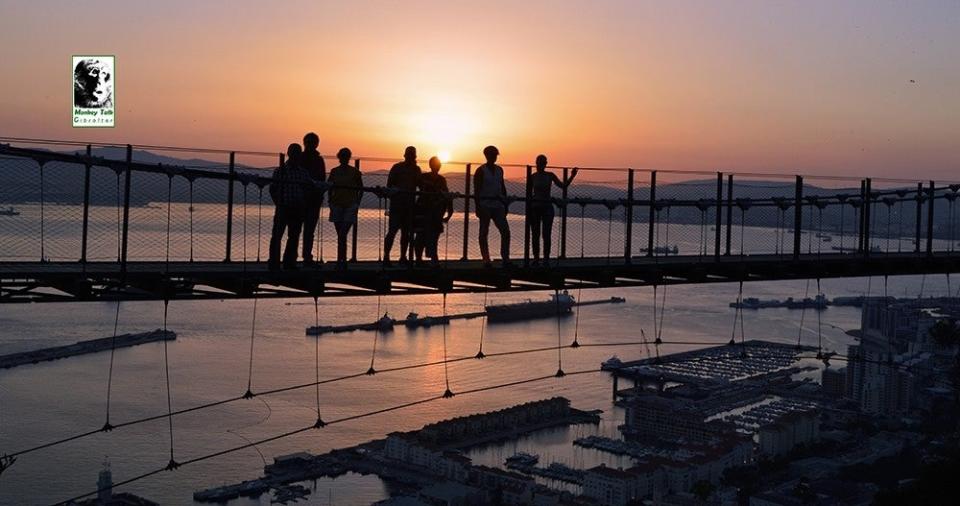We need to move on – to the sunlit uplands of Europe

Bright future: View from a free train in Luxembourg
(Simon Calder)Rejoice, says Andrea Leadsom. Writing in the Daily Express this week, the leading Brexiteer and former business secretary promises “sunlit uplands” are on the horizon.
Anyone who sees Brexit as a catastrophic act of self-harm forced through by xenophobic charlatans, which will only diminish the UK and constrain British travellers, is clearly mistaken.
You, Andrea and I must move on. So I commend a tour of six sunlit uplands, coincidentally all in Europe.
I have been researching diligently all year: starting in the epitome of unity, Luxembourg, whose hills ripple right across the land.
On 29 February, the trains, trams and buses sparkled in the sun as the Grand Duchy launched its world-beating policy of nationwide free public transport. Rejoice: however low the pound may sink, the cost for Brits venturing the length and breadth of Luxembourg will not rise by a penny.
In July, the UK’s bizarre 33-day blanket quarantine policy (three months later than other nations, forcing self-isolation on all arriving travellers) was revoked. I promptly flew to Nice and ascended to the sunny hills of Provence. The deep south of France proved a haze of delight, with pines and vines gently warming in the sun.
Almost continuously from 17 March to the end of the year, mainland Portugal was deemed “unacceptably high risk” for British holidaymakers because of the rates of new coronavirus infections (currently around half those of the UK). But when the country was taken briefly off the government’s no-go list in August, I snuck in.
Above the Algarve coast, the twigs crackle in the heat as you trample through the blessed shade of wild forest, with the alluring prospect of about a million fish restaurants awaiting down on the shore each evening. I enjoyed my best meal of 2020 at Chefe Branco on Rua de Loule in Faro.
By September, Portugal and much of the rest of Europe was back on the naughty list. So I set off to explore the “corona curtain” wrapped around Germany’s extravagant frontiers. At the “three-country point” outside Aachen, the federal republic converges with Belgium and the Netherlands – for whom it is the mightiest of mountains (not counting the Dutch Caribbean island of Saba). In the inaccessible Belgian sector of the summit, the beer drinkers were blessed by the sun. I headed downhill, thirstily.
The greatest drive of the year? In October, through the mountains that line the Ionian coast in northern Greece from the Albanian frontier to the Gulf of Corinth. I was assigned the front seat on a bus that swerved from one precipitous panorama to the next. Anyone who likes their uplands as rugged as they are sunlit should take this stretch of the E55: the greatest of the pan-European highways, stretching from Sweden to the Peloponnese.

Bright horizon: the view from Windsor Bridge in Gibraltar
Gibraltar Tourist BoardNovember was another travel write-off. But as soon as England’s second lockdown ended in early December, I headed for the Continent’s single most spectacular upland: the Rock of Gibraltar, gateway between the Mediterranean and the Atlantic, and where Europe meets Africa.
On the new glass Skywalk at the summit, you can step out over thin air and gasp at a world embroidered by humanity without a frontier in sight.
With the geo-political future of this British overseas territory topping the long list of Brexit unknowns, Gibraltar is the right place to end a tour of sunlit uplands after a year of turmoil.
All downhill from here? Perhaps. But I predict that in the coming year, Europe’s beauty, joy and people will appeal more than ever.
Read More
Andrea Leadsom sacked from Boris Johnson's cabinet
How travel to the EU will change after Brexit
PM’s Brexit deal clears the Commons with overwhelming majority


